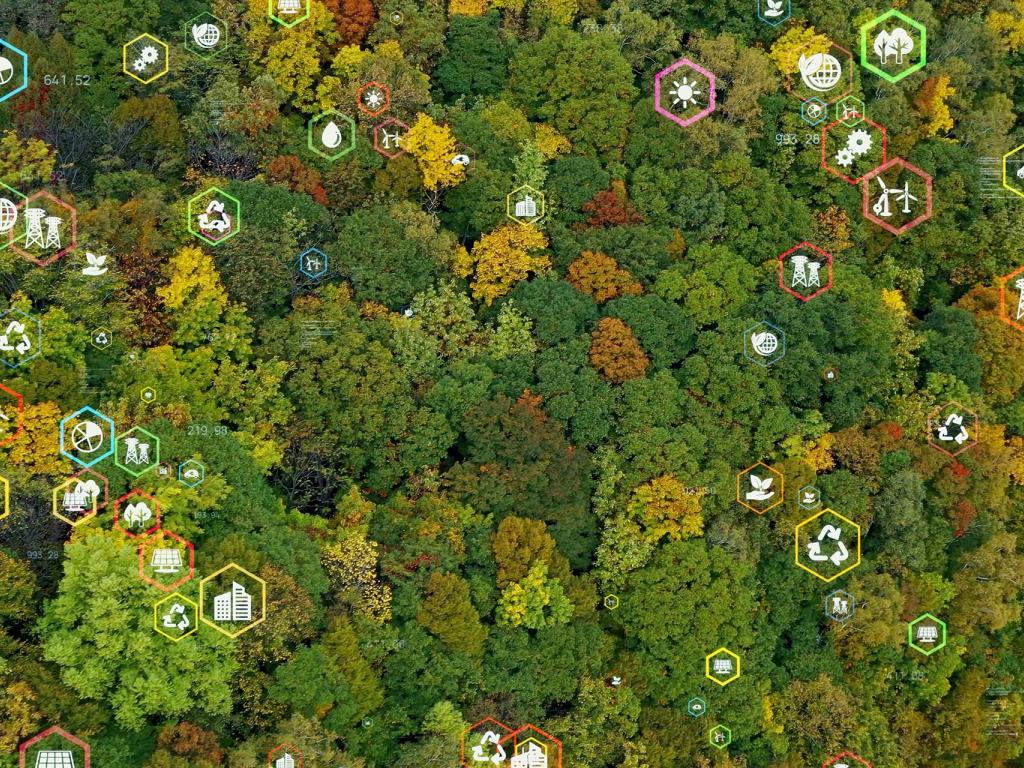

What is SDG 12?
What is SDG 12?
The 2030 Agenda for Sustainable Development was launched in 2015 to end poverty and set the world on a path of peace, prosperity and opportunity for all on a healthy planet. The 17 Sustainable Development Goals (SDGs) demand nothing short of a transformation of the financial, economic and political systems that govern our societies today to guarantee the human rights of all.
They require immense political will and ambitious action by all stakeholders. But, as Member States have recognised, global efforts to date have been insufficient to deliver the change we need, jeopardising the Agenda’s promise to current and future generations.

SDG 12 - Sustainable Consumption and Production
The science is crystal clear that we are putting extreme pressure on the planet.
For decades scientists have been laying out how humanity is driving the three planetary crises: the climate crisis, the biodiversity and nature crisis, and the pollution and waste crisis.
The common thread that runs through these three planetary crises is unsustainable production and consumption. Our relentless extraction of resources from the Earth is having a devastating impact on the natural world, propelling climate change, destroying nature, and raising pollution levels.
To address this, the Agenda 2030 for Sustainable Development includes a Goal specifically on ensuring Sustainable Consumption and Production patterns: SDG 12. The Goal consists of 11 targets and 14 indicators, ranging from tracking policies and compliance with international standards; raising awareness and education; to measuring material use, recycling, waste management and clean energy.

Sustainable consumption and production is a key driver of transformation.
Sustainable consumption and production considers the entire life cycle of economic activities, from the extraction of resources, processing these resources into materials and products, the use of these products, and finally their disposal as wastes or emissions.
By doing so, Sustainable consumption and production helps to identify and develop solutions for improving natural resource use that achieve multiple sustainability objectives simultaneously or “win-win” gains that occur when economic, social and environmental aspects are jointly addressed.
Based on a systems approach Sustainable consumption and production manages burden shift and delivers an overall net benefit on sustainability. It also helps to link activities across time and scale to provide a long-term perspective on their impacts.
Though it has been included as a separate goal, SCP is an enabler for many other goals and a key approach in delivering on Agenda 2030, through decoupling of economic development from environmental degradation, while improving human well-being1
The targets of SDG 12
The targets of SDG 12 reflect the potential of SCP solutions, by effectively linking the three dimensions of sustainability – seeing as one system the interrelations between economic, environmental and social development. It emphasises political action that drives implementation of sustainable practices across sectors and stakeholders, including businesses, (12.1, 12.4, 12.6, 12.7, 12.8, 12.B, 12.C), and addresses key impacts on the environment and human well-being linked to economic growth (12.2 (8.4), 12.3, 12.4, 12.5).
The Goal emphasises the need for policy coherence and collaboration across ministries and beyond public institutions in shifting to SCP. Through its targets and indicators, it engages ministries across the government, such as Finance, Environment, Education, and Tourism/Culture, and highlights the importance of sustainability efforts and innovations fostered through the private sector.